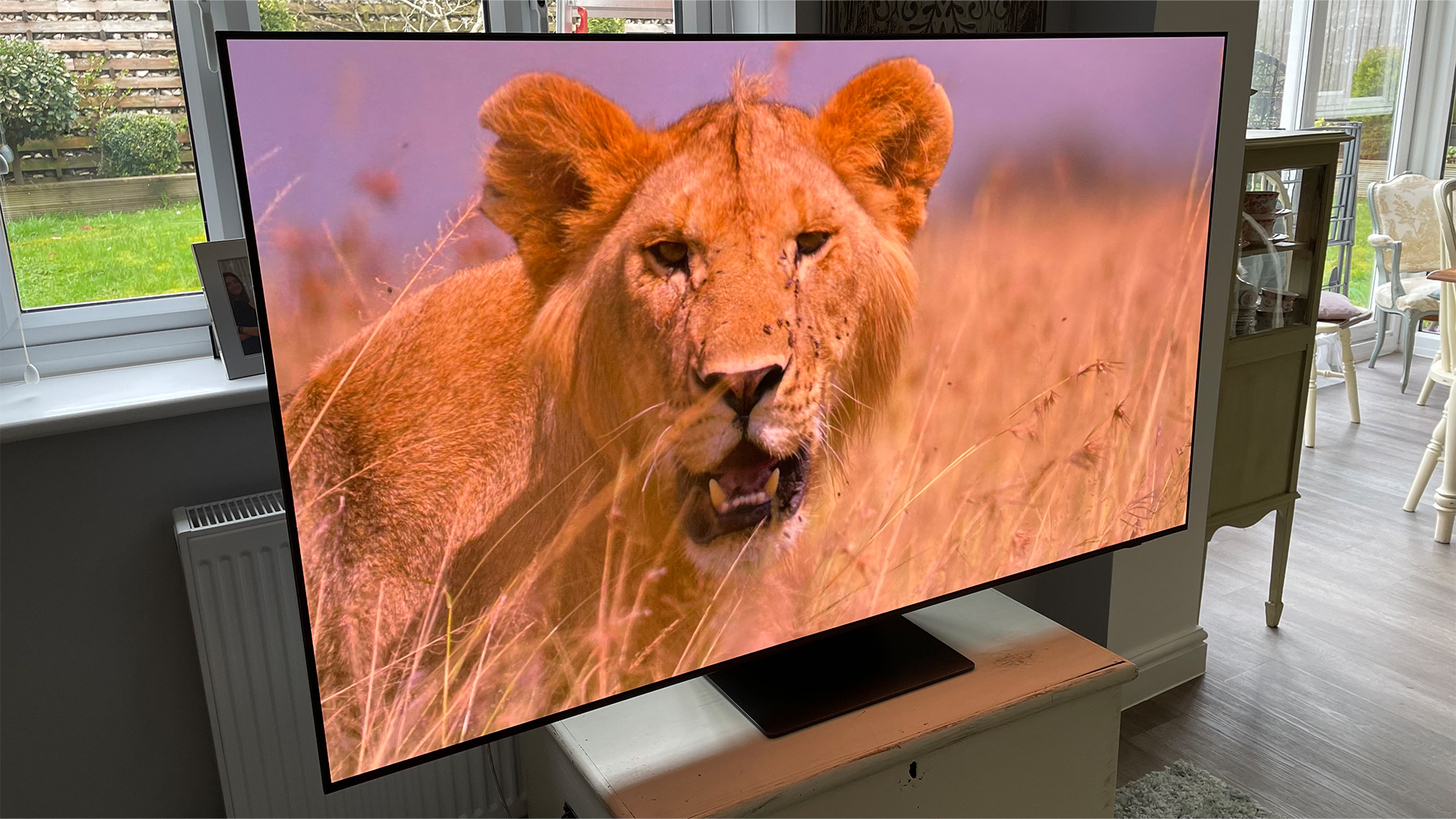
Samsung is the first to launch its 2024 TV range, and it's already enjoying success. It's covering all its bases this year, with new OLED and Neo QLED (Samsung's branding term for Micro LED-equipped TVs), and so far it's looking good. After a slightly wobbly year in 2023 with the impressive but flawed S95C, Samsung has come back strong with the S95D. It's also followed up on the five-star QN95C, and while we haven't released our full review of the QN95D yet, we like what we've seen so far.
While the TVs themselves look particularly promising this year, I want to take a step back to look at Samsung's TV lineup. It's a unique approach that I don't see any other brand replicating, and I really wish they would. To break down to its simplest form, Samsung is offering equivalent models throughout its range, but you have the choice of whether you'd rather opt for OLED or Neo QLED, without having to sacrifice features.
Let's use the S95D and QN95D as examples. Both feature a slender design with the external One Connect box with the processing power and ports. Both use the same Neo Quantum 4K AI Gen 2 that drives a boatload of AI features and the updated Tizen operating system. Both feature 70W 4.2.2 built-in speaker systems and support Dolby Atmos, and they both support the latest HDMI 2.1 gaming spec across their four HDMI sockets. They even have an almost identical model number.
The only notable difference is that the QN95D doesn't have the excellent 'OLED glare-free' feature that's found on the S95D. This screen filter is so effective at reducing unwanted glare and reflections that we deemed it to be a standout feature on the S95D and would already like to see it on more of Samsung's sets in 2025.
Now I can't be the only one to see the similarities here. Truthfully, Samsung is probably still scorned by the Mini LED vs OLED battle it fought for many years. After reluctantly adopting OLED (in its own QD-OLED format, of course) in 2022, Samsung has continued to push its premium Neo QLED TVs which has given it a more versatile line-up as a byproduct. Whether this has been an intentional or unintentional outcome, I'm unsure, but it works for me.
While we often prefer OLED TVs above the rest, we understand that people still have reservations about the screen technology. Burn-in is still a worry among consumers, and backlit TVs tend to be brighter than their self-emissive counterparts. On the other hand, OLED TVs have supreme contrast, black levels and viewing angles. Ultimately, Samsung leaves it down to the individual consumer to pick which model best suits their needs, without sacrificing features.
And it's not just the flagship models, as Samsung follows this formula throughout a few sets in its lineup. The S90D (OLED) and QN90D (Neo QLED) appear to be mostly equivalent models, as are the S85D (OLED) and QN85D (Neo QLED).
This strategy is somewhat of a rarity in the TV space. For example, LG separates its models, with its OLED and QNED (Mini LED) TVs feeling much more isolated. For example, the best processors and features are reserved for the flagship OLED models, while the QNED sets aren't as well equipped. LG is firmly of the belief that OLED is the premium panel technology and should be treated as such.
Sony's A95L QD-OLED and X95L Mini LED sets share a similar model number, and a similar design, and they're both excellent TVs in their own right, but we wouldn't really consider them equals either. Sony does look to be changing tact as it gave us a sneak peek of its new premium Mini LED screen technology that's expected to launch later this year, but we'll have to wait and see how that pans out.
If there's one gripe I have with the Samsung strategy, it's that I wish its flagship sets were a bit cheaper. Its S95D is priced at £3599 / $3400 / AU$4999, while we reviewed the QN95D at £3699 (US and Australia pricing to be confirmed).
Comparatively, the 65-inch Sony A95L QD-OLED which we called a "very special TV indeed" can be yours for around £3000 in the UK (or a less compatible $3500 / AU$6000). And the Award-winning TCL's C845K is less than a third of that price if you'd rather have a Mini LED model. If Samsung chose to price its TVs a bit more competitively, then I'd struggle to find flaws in its current TV strategy. Only time will tell if the 2024 models will drop in price over time.
MORE:
Read our full Samsung QN900D 8K TV review
As well as our Samsung S90D hands on review
And check out our picks for the best Samsung TVs







